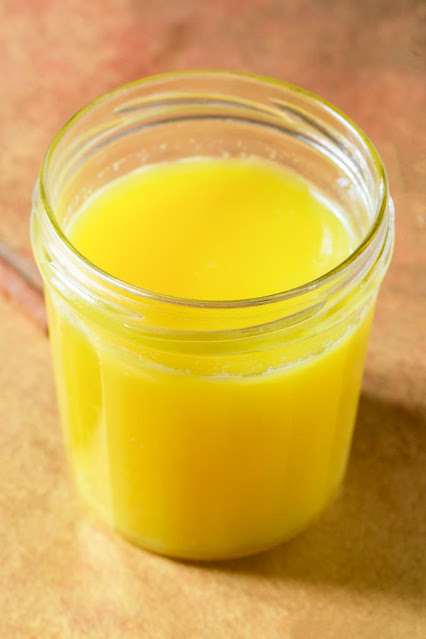The mofletta is a Moroccan Jewish crepe traditionally prepared during the celebration of the Mimouna, at the end of Passover.
Ingredients
- 4 cups flour
- 1¼ cup warm water (more or less)
- 1 teaspoon salt
- 1 tablespoon caster sugar
- 4 teaspoons active dry yeast
- ¾ cup vegetable oil (to work the dough)
- 3 tablespoons vegetable oil (to grease the pan)
Equipment
- Stand mixer
Instructions
- Dilute the yeast and sugar in ½ cup (120 ml) of water and set aside for 15 minutes.
- In the bowl of a stand mixer, add the flour and dig a well in the center.
- Pour the mixture of water, sugar and yeast into this well.
- While kneading at medium speed, add the remaining water gradually, then add salt.
- Knead at high speed to obtain a very soft dough that comes off the edges of the bowl.
- Depending on the quality of the flour, it may be necessary to add water or flour to the dough.
- Let the dough rise for 1 hour covered with a cloth, away from drafts.
- Divide the dough into 25 pieces and toss them. Then coat them with oil and let them sit on a plate for 15 minutes.
- Heat a pan and lightly grease with a brush.
- On a very well oiled work surface, and with the help of your hands, spread the first piece of dough as thinly as possible, paying attention not to create any hole.
- Place the first mofletta on the hot pan.
- After about 20 seconds, turn the mofletta over and add another piece of dough over the first (cooked side). Turn everything over after one minute.
- Repeat the process with another raw mofletta placed on the previous ones and so on until all the pieces of dough have been used.
- Serve the hot moflettas with honey, butter and mint tea.





